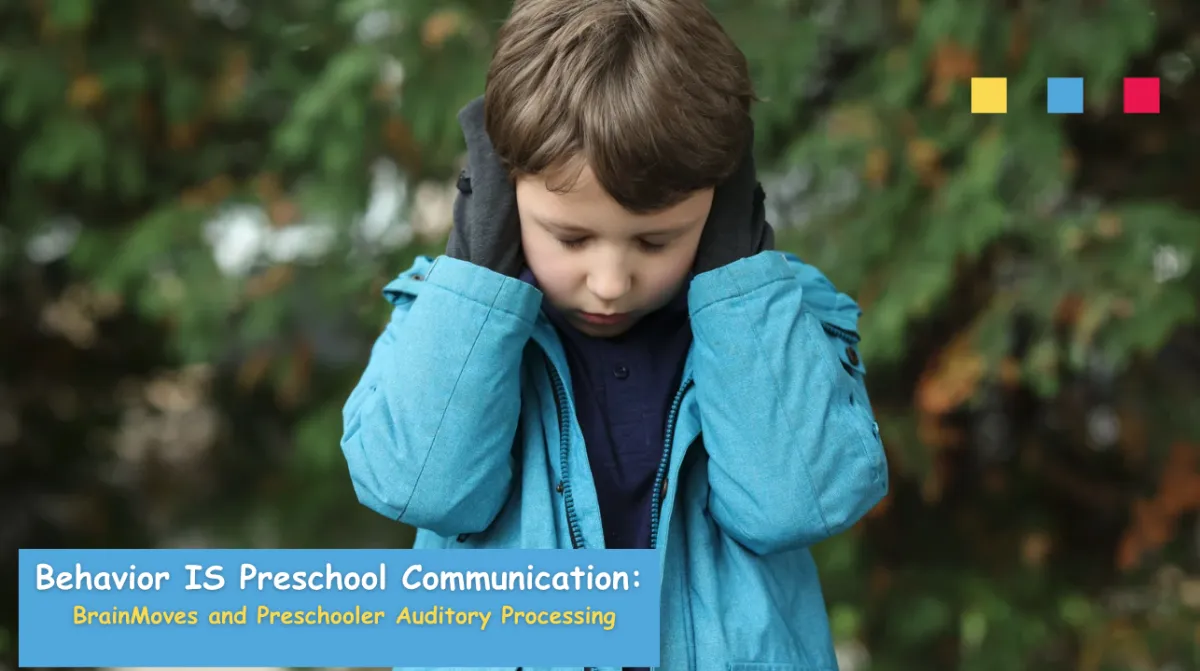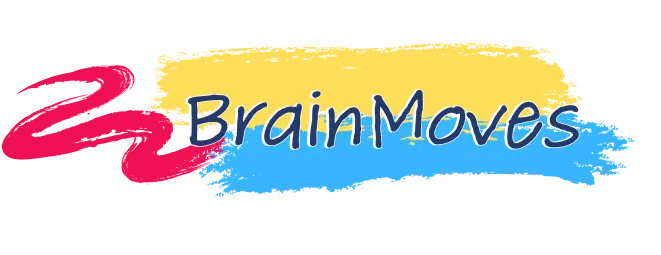
Behavior IS Preschool Communication:
Children communicate just as often through their behavior as through their words. Part of childhood development is learning to match bodily sensations, desires, dislikes, and emotions with words.
Preschoolers' language skills allow them to communicate verbs and nouns, but they tend to live in the present tense—the present moment. Your child is concerned with the way they feel RIGHT NOW. For example, not only do they not have language for delayed gratification, but they may also struggle to understand the difference between not having a cookie at the moment versus never having cookies again.
This "timeless" grammar, in combination with black-and-white thinking, can mean that when you say, "No cookies until your room is clean," the child's brain may process:
No cookie (The child stops listening when they hear “no”).
It sounds like Mom is mad at me. (Not processing subtleties of tone of voice).
I am a bad boy/girl (Low self-esteem can develop easily when a child consistently understands).
It’s too hard for me to clean my room, I’ll never get cookies.(All or nothing thinking).
I want cookies now. (I want WHAT I want WHEN I want it, HOW I want it).

A meltdown can happen if the child doesn’t have a positive understanding that Mom isn't mad, along with internalized instructions and confidence to clean their room.
In the next stage of language understanding, the child begins to add words to communicate "now" and "later." Strong and predictable boundaries help in grasping those concepts.
BrainMoves can help smooth this transition in five ways:
The child will better hear and understand all the words you are using.
A calm child's nervous system will be ready for learning, able to process the hard concepts of "not now, but later."
The child will better understand cause and effect and boundaries, which also supports "not now, but later."
Clear communication and rewards for behavior lay the beginnings of understanding cause and effect.
Further understanding directions from an authority figure
Many parents don’t know that their preschooler can have excellent hearing while at the same time not being able to process all the sounds they hear.
These auditory processing problems can lead to misunderstandings, difficulties learning in a noisy or distracting classroom, being unable to distinguish inside noises from outside noises, and causing difficulty focusing. This can all lead to behavior issues, meltdowns and disruptions in the classroom and at home.

Incorporating BrainMoves developmental movements can improve preschoolers' ability to learn, understand, and help them feel more comfortable both at home and at school. This program, used by parents, teachers, and occupational therapists, focuses on engaging children in simple, effective movements that promote cognitive and emotional development. With just 5-10 minutes of BrainMoves each day, you can see noticeable improvements in your child's communication skills and their understanding.
There are several BrainMoves movements that specifically help with auditory processing, taking into account the various reasons a child may have difficulty processing.
These movements are:
The Koala Cub (relaxes the freeze, fight, or flight reflex in the ears. When this reflex is on, it can affect and/or block the auditory processing centers of the brain)
Octopus (Makes sure that both sides of the brain are equally using the auditory processing centers and each side doing their own job; right = concepts and left = words)
Blowfish (Helps improve speech, which in turn improves hearing)
The Seal (Imitates an early developmental movement for developing neural pathways in the brain for hearing from all directions while supporting body weight)
The Mouse (Also helps relax the freeze, fight or flight reflex around the mouth, improving speech and, indirectly, hearing)
The Orangutan (Relaxes neck muscles, which, when contracted, indicate that an auditory processing problem can be present)
By making BrainMoves a part of your daily routine, you're not only supporting your child's growth but also fostering a positive and nurturing environment for their overall development.


